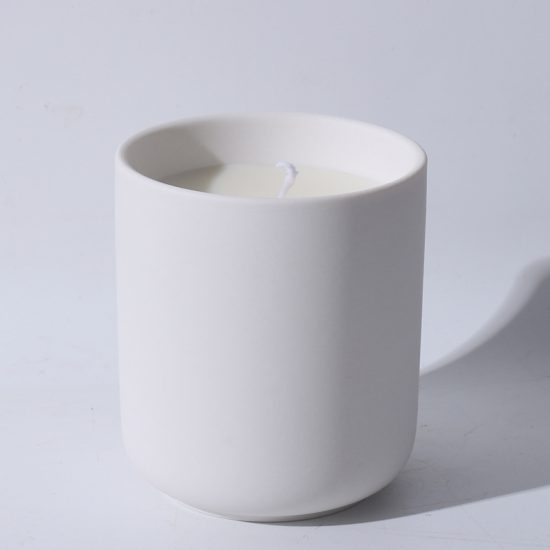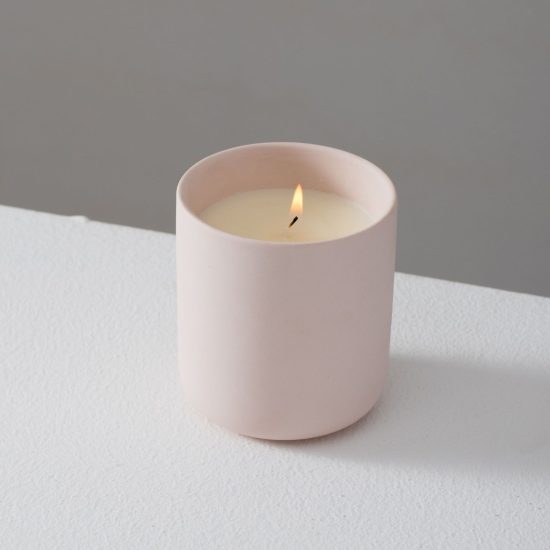Ceramic plates can play a significant role in enhancing the visual appeal of food photography. Here’s how you can use ceramic plates to make your food photos more enticing:
- Color and Texture: Choose ceramic plates that complement the colors and textures of the food you’re photographing. Consider the overall color scheme and how it will interact with the hues of the dish. A contrasting or complementary plate color can make the food pop and create a visually appealing composition.
- Size and Shape: Select plates that are appropriately sized and shaped for the dish you’re photographing. A plate that complements the portion size can create a balanced composition and highlight the food’s presentation. Experiment with different plate shapes, such as round, square, or rectangular, to find what works best for each dish.
- Background and Contrast: Ceramic plates can act as a backdrop for your food, providing a clean and visually pleasing background. Consider the color contrast between the plate and the food to make the dish stand out. A neutral-colored plate can allow the vibrant colors of the food to take center stage, while a patterned plate can add visual interest.
- Composition and Styling: Use ceramic plates to help arrange and style the food for the photo. The plate’s rim or edges can provide boundaries and guide the placement of ingredients. Stack ingredients or create layers to add depth and dimension to the composition.
- Surface and Texture: Ceramic plates with interesting textures, patterns, or glazes can add visual appeal to the photo. The texture of the plate can complement or contrast with the texture of the food, adding visual interest and creating a more dynamic image.
- Props and Accessories: Consider incorporating complementary props and accessories alongside the ceramic plates. For example, adding utensils, napkins, herbs, or garnishes can help tell a story and create a visually appealing scene.
- Lighting and Reflections: Ceramic plates can interact with lighting to create reflections and highlights. Experiment with different lighting setups to capture the reflections on the plate’s surface, which can add depth and visual intrigue to the image.
- Clean and Well-Maintained Plates: Ensure that the ceramic plates you use are clean, without any visible scratches or chips. Clean plates will reflect professionalism and attention to detail in your food photography.
Remember, the goal is to enhance the visual appeal of the food and create an enticing image that evokes the viewer’s senses. With careful selection and thoughtful styling, ceramic plates can be valuable tools in achieving that goal in your food photography.


